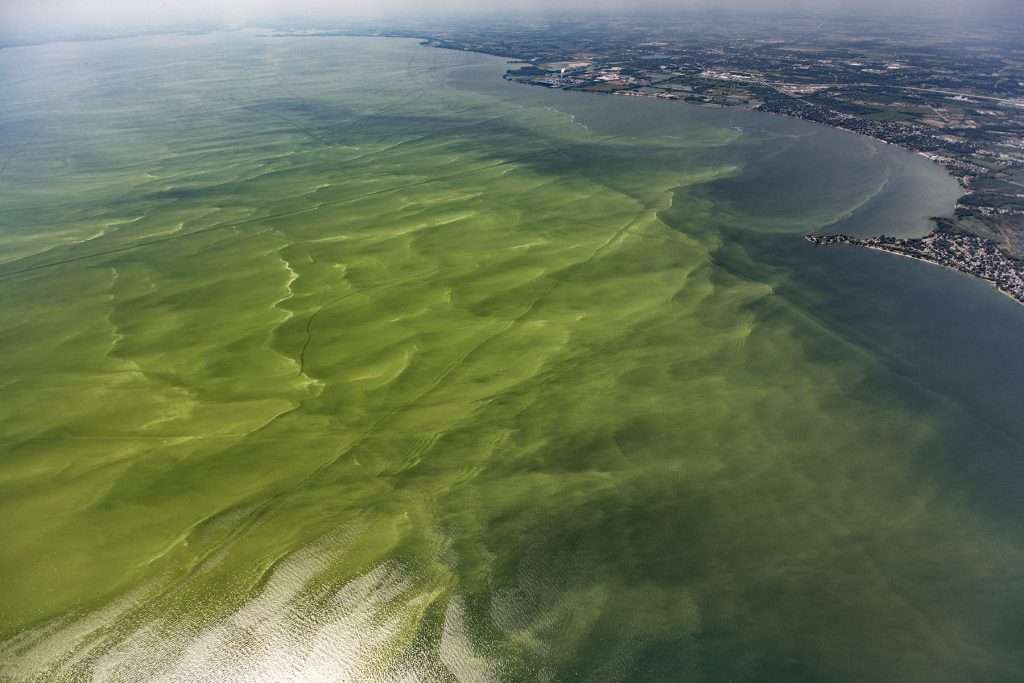Best Info About How To Reduce Eutrophication

Prevent eutrophication and the proliferation of harmful algal blooms.
How to reduce eutrophication. As a form of nutrient. Introduction eutrophication is characterized by excessive plant and algal growth due to the increased availability of one or more limiting growth factors needed for photosynthesis. Reduce the source of nutrients (e.g.
Cutting back on nitrogen and phosphates. In many industrialized countries in europe and north america, the. Nutrient removal which involves the reduction in the concentration of phosphate and nitrate in the wastewater is essential to prevent eutrophication in the.
In the case of eutrophication, rapid progress was made in reducing phosphorus in urban and industrial waste waters. 10 ways you can help prevent eutrophication. Possible solutions for eutrophication.
The center also supports further development of global methodology on eutrophication and plastic debris assessment under sdg target 14.1: The first work to combat eutrophication first focused on reducing point phosphorus inputs. In order to reverse eutrophication trends and mitigate nutrient losses to aquatic ecosystems, policymakers should:
Background nutrients are essential for plant growth, but the overabundance of nutrients in water can have many harmful health and environmental. By phosphate stripping at sewage treatment works, reducing fertilizer. High amounts of nutrients for plants and algae.
Implement research and monitoring programs. Eutrophication occurs when excessive nutrients build up in waterways such as rivers, lakes, and streams.
However, she said, multilateral action to reduce nitrogen waste has gained steam, informed by the growing threat of eutrophication and soil contamination linked to. Eutrophication is a process of nutrient enrichment in estuaries and coastal waters that causes harmful algal blooms, dead zones, and fish kills. June 25, 2022 by brigitte rodriguez, associate researcher & writer for save the water™ | june 25, 2022 eutrophication is the excess of nutrients in water.
When algae blooms occur, they deplete. Since pollution is a leading cause of eutrophication, reducing it in various forms can help prevent further destruction of water bodies. You can contribute to conservation and prevent the lake eutrophication process in your local community by making a few changes around your own home.

















